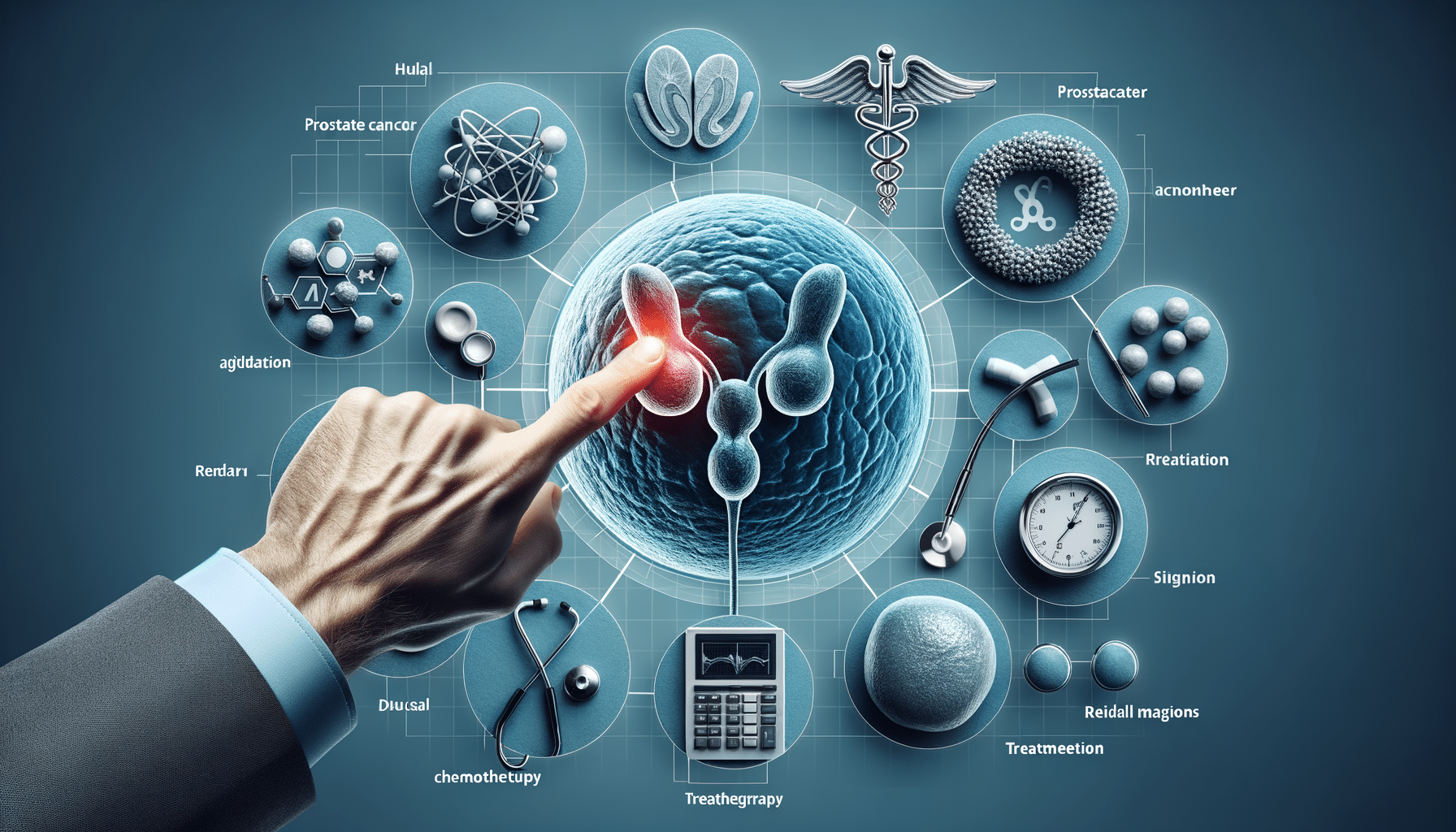
Explore the Early Signs and Treatment of Prostate Cancer
Introduction to Prostate Cancer
Prostate cancer is one of the most common types of cancer affecting men worldwide. It develops in the prostate gland, a small walnut-shaped gland in men that produces seminal fluid. Understanding the early signs and available treatment options is crucial for improving outcomes and enhancing the quality of life for those affected. This article delves into the symptoms and treatments associated with prostate cancer, aiming to provide valuable information to those seeking to learn more about this condition.
Recognizing the Early Signs
Early detection of prostate cancer can significantly impact the effectiveness of treatment. Some of the early signs to watch for include:
- Difficulty urinating or a weak urine stream
- Blood in urine or semen
- Pelvic discomfort or pain
- Frequent urination, especially at night
- Erectile dysfunction
These symptoms can also be indicative of other conditions, so it is important to consult with a healthcare professional for a proper diagnosis. Regular screenings and awareness can lead to early detection, which is key in managing the disease effectively.
Diagnosis and Staging
Once symptoms are present, a series of tests may be conducted to diagnose prostate cancer. These tests often include a prostate-specific antigen (PSA) blood test, digital rectal examination (DRE), and, if necessary, a biopsy. Imaging tests like MRI or CT scans may also be employed to determine the extent of the cancer.
The staging of prostate cancer is crucial in determining the treatment approach. It ranges from Stage I, where the cancer is confined to the prostate, to Stage IV, where it has spread to other parts of the body. Understanding the stage helps in formulating a personalized treatment plan.
Treatment Options
Treatment for prostate cancer varies depending on the stage and severity of the disease. Common treatment options include:
- Surgery: Often involves the removal of the prostate gland, known as a prostatectomy.
- Radiation Therapy: Uses high-energy rays to target and kill cancer cells.
- Hormone Therapy: Aims to reduce testosterone levels, as testosterone can fuel the growth of prostate cancer cells.
- Active Surveillance: Involves closely monitoring the cancer without immediate treatment, suitable for less aggressive cases.
Each treatment option comes with its own set of potential side effects and considerations, and the choice often depends on the individual’s health, age, and personal preferences.
Living with Prostate Cancer
Living with prostate cancer involves not only managing the physical aspects of the disease but also addressing emotional and psychological needs. Support from family, friends, and support groups can be invaluable. Additionally, maintaining a healthy lifestyle through diet and exercise can help improve overall well-being and quality of life.
It is important for patients to stay informed about their condition and to communicate openly with their healthcare team to make informed decisions about their treatment and care. With advancements in medical research, new therapies and technologies continue to emerge, offering hope and improved outcomes for those affected by prostate cancer.


